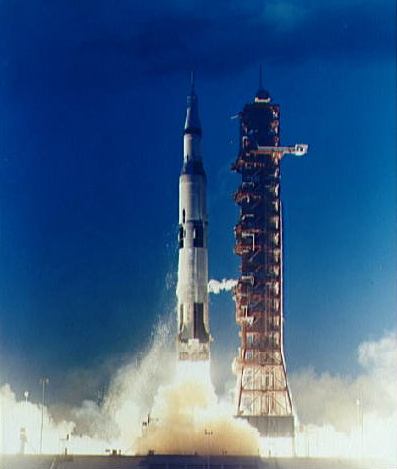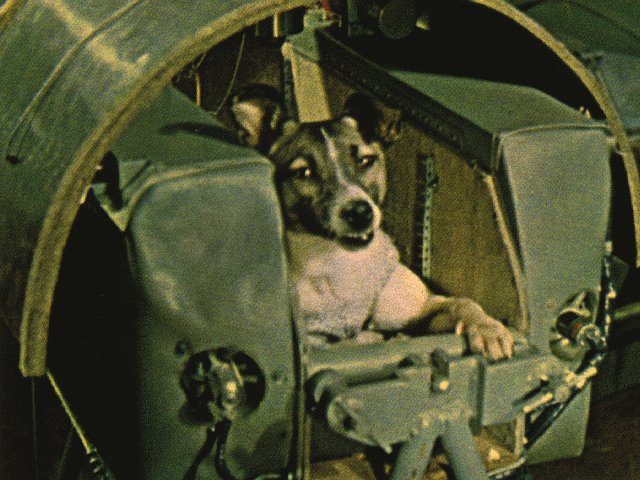“Every country has the government it deserves.” So said Joseph de Maistre, and his words ring true to me.
What is it we deserve, then? On a national level, it seems that the politics of class warfare, handouts, and cradle-to-grave coddling have again won the day, and since the resulting system is unlikely to be sustainable over the long term, it seems that we deserve to — or we have at least voted to — decline as a nation. I hate to think it, and I will work to postpone and even correct it, but we seem to be living out the aphorism about the people destroying the republic by voting themselves largesse out of the public treasury.*
Meanwhile, the calendar turned over, and it is another day. And forty-five years ago today — November 7, 1967 — Surveyor 6, the fourth in the series to soft-land on the Moon, was launched from Cape Canaveral on an Atlas Centaur rocket. It would be less than two years before human beings — our countrymen — walked on the Moon.

(We went there, a long time ago, remember? NASA image.)
We had ambitions then, and big dreams. Those were the days.
___
*Attributed in various forms to several different people, including Benjamin Franklin, George Orwell, Alexis de Tocqueville, and Alexander Fraser Tytler.



 by
by 
















